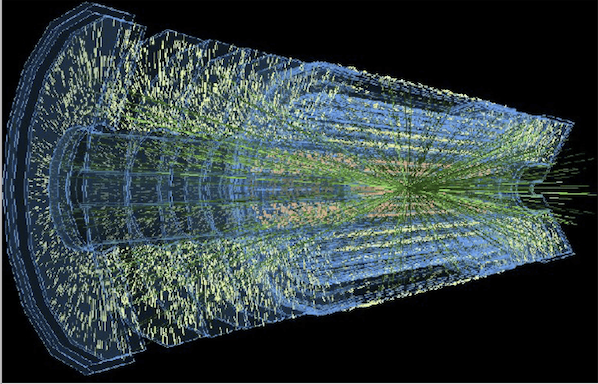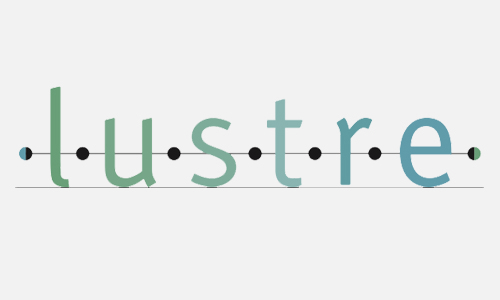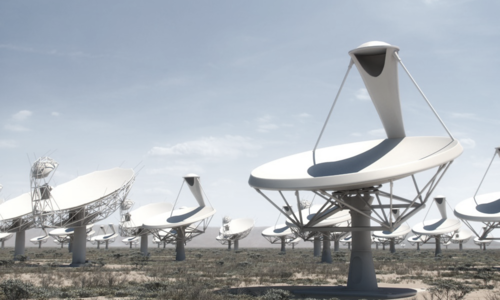About Peter Braam

I act as a thinking partner for novel technical and research efforts, I lecture, and I do research.
Often I work with others on the analysis, documentation, and prototyping of strategic approaches and provide assistance with the creation of a sofware and systems architecture, both for academic and commercial projects. As a thought leader I always enjoy understanding and explaining current and past thinking. I have been employed in senior technical executive positions to perform similar work.
My work is in the area of systems software, data-intensive computing, and machine learning applied to the sciences. I utilize the interplay of novel hardware, distributed algorithms, and other software architecture to bring scalability and performance to solutions and eliminate complexity. In the area of machine learning, I work on understanding ML as a scientific method for physical sciences, for example, can ML be an alternative to scientific simulation, and what mathematics and physics relates to the interpretabilty of ML models?
I pursued an academic career until my mid thirties, and was described as a “see-er” more than a “do-er”. Being one of Sir Michael Atiyah’s last graduate students, my research focused on areas of gauge theory, topology and geometry. I remained in Oxford as a tenured faculty member until 1997.
My computing activities started in Oxford, and took me to Carnegie Mellon University in 1996 to work on distributed storage systems. After some years at CMU, I began to focus on my successful startup companies in this area, which led to being a senior executive in bigger companies after acquisitions. I created the Lustre file system, a widely used storage product for scientific computing, and other systems which were acquired or productized.
In 2013 I returned to research projects, primarily working with Cambridge University on the design of computing for the SKA radio telescope. I developed a deeper interest in programming languages. Since 2019, I have been a Visiting Professor in the Department of Physics at Oxford University, and a Visiting Scientist in the Center of Computational Astrophysics at the Flatiron Institute in New York.
Projects

Current Activities

Lustre File System

SKA